An interview with Chris Hector – I conducted this interview with Christoph over a decade ago, the observation still resonate today…
A conversation with Christoph Hess, educator, judge, commentator, is always a roller coaster ride. Christoph thinks even faster than he talks (and that is fast) and when he talks, it’s a good idea to listen hard. Christoph is a key player at Germany’s feast of young horses, the Bundeschampionate, sitting in the box with the judges in the five and six year old dressage classes, with the job of conveying the reasons behind their marks to the super knowledgeable audience. Recently there has been a distinct change in the style of judging at the Bundeschampionate, the judges seemed to be looking for a more natural, relaxed way of going and marking down the spectacular but tense tests that were highly marked in previous years…
“I agree 100% – at the end, the judges’ assessment has to develop as well. If we look at history, sometimes we were very happy sitting in the judges’ box seeing dressage tests from five and six year old horses that showed spectacular gaits, but horses that were not absolutely supple. Horses ridden by professional riders who have a special feel to ride these horses and some of them do this with a lot of pressure. We didn’t realise enough that these horses are not trained in a natural way, but trained with a lot of pressure.”
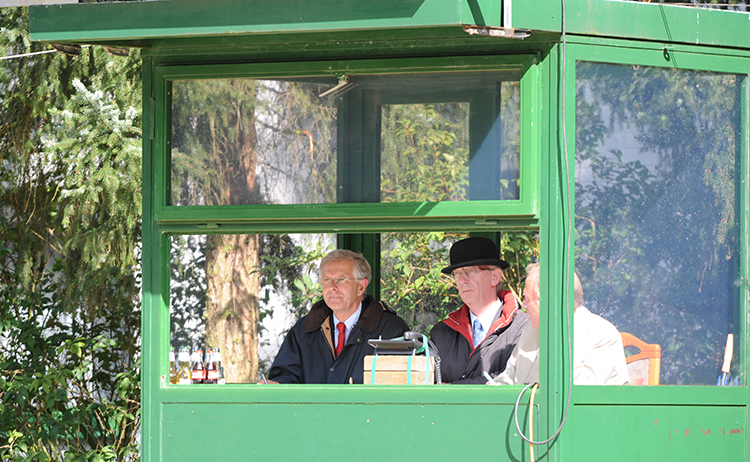
“Then we changed our national tests to have more and more questions that involved work on a long rein, and giving the rein, hoping to see if the horses are truly supple – and to show up the ones that were not supple.”
“I think it is sometimes good to have discussion of negative elements in dressage – like hyperflexion – because it means that the judges have to examine their own reactions. I think this discussion of hyperflexion and training horses in a wrong way was good for us to clarify what we want to see. The more we discussed these things, the more we saw that we need proper relaxed and supple horses and not these horses full of tension with spectacular gaits. Now we are looking to truly supple horses, easygoing horses, trained in a correct way. The less the rider is doing, the less the rider is working, the better.”
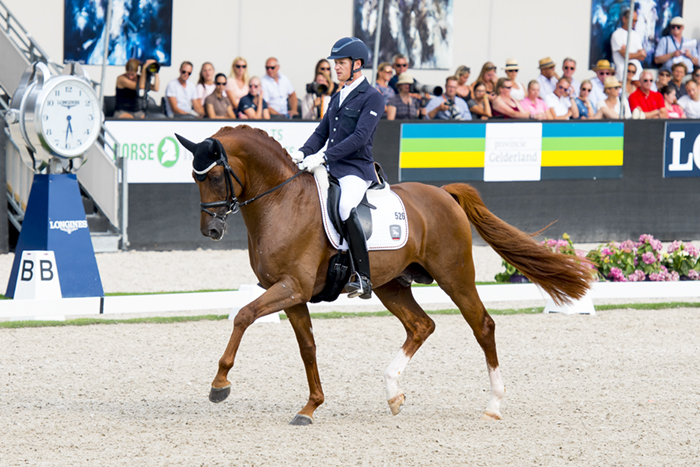
At the 2019 World Young horse championships, Christoph really liked the way
Matthias Rath showed Destacado FRH
“The last two Bundeschampionates we have changed the way we give our marks. In the old days, we gave only one mark for the total test, now we give five marks – walk, trot, canter, the way of going, and general impression, the suppleness of the horse. I think this way of judging makes the judges’ focus more precise; you now have to give very precise marks. Last year in the five-year-old class, we had a horse ridden by an experienced rider, and for the fourth mark, we gave a 6.5 because we thought the horse was too much under pressure and he was working too much with his hands to bring the horse up. The horse was a nice Thoroughbred type of horse, maybe a little more of a lady’s horse in type, and we thought the horse was too much under pressure. Therefore the horse had good marks for walk, trot and canter, then the low mark of 6.5. For me it was quite interesting that the spectators seemed to see it the same way. The next horse also ridden by an experienced rider was a little bit similar, it was a super star in trot but a little close to passage, the walk was a little bit limited… it was a little the same way of going. We hope that with our judging we can bring the horses back to a more normal way of going, back from the spectacular way of going. We hope that by going back to the roots, we can change the schooling of the young horses.”
Story continues below the advertisement
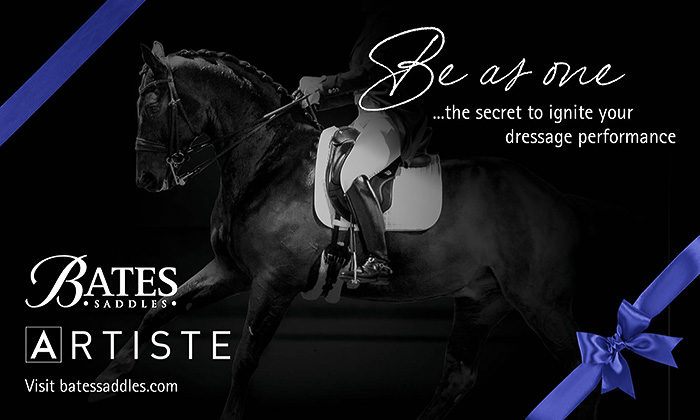
Do you think this change in thinking now has to go to the Grand Prix as well – it is not only in the young horse classes that we see ‘spectacular’ movement that is produced under tension, we see it at the highest levels of dressage, and the judges give this incorrect work, 8s or 9s…
“It’s an interesting question but you are absolutely right. Okay, this is a process, and the way the judges are judging when they are sitting together and giving the five marks, the more they start to think about the right way of training and the way to educate horses. The more you come from this point of view, the more you look to the suppleness of the horse and the less you look only to the quality of the special movements, then the more critical you become of the basic things. This is my personal opinion, I think it will take a little time, but I think as the influence of young horse classes becomes greater, then judging will change all around the world. I think it was a terrific move that the FEI made ten years ago to include the young horse classes in the FEI rulebook. The more young horse classes we have in international CDIs, the better the level of judging in the international classes as well, from Prix St Georges through to Grand Prix.”
Damon Hill – correctly educated by Ingrid Klimke in Young Horse classes…
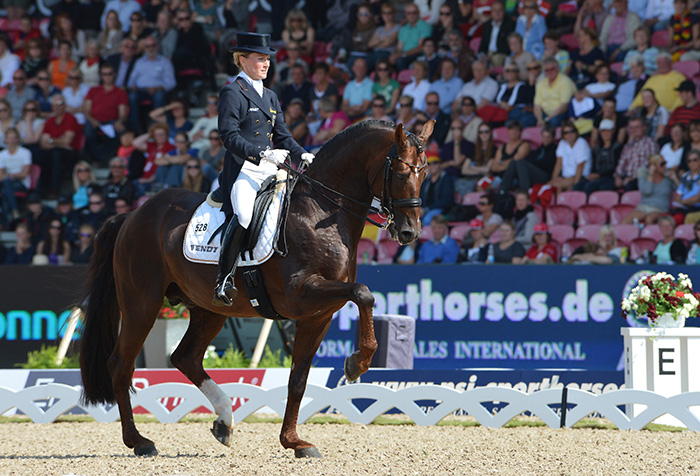
and then he went on easily to FEI competition
“I think personally that this is very much a process, and I hope that in the future we can change the Grand Prix. We need to change the test, because we need in the Grand Prix more points where the judges can see if the horses are truly supple. What is important is that we have pirouettes in walk, maybe we also need to get back Schaukel – or at least have the rein back – so that we see easily whether the horse is trained in the right way or not.”

“Back in 1996, I was judging the German Championship, and a former highly successful Olympic rider was there trying to qualify for the Olympic Games. He didn’t qualify and one reason was – it was the old Grand Prix – halt and then rein back, and he had real problems to get the rein back. On one hand, this horse was a superstar, but difficult to ride because he was not absolutely supple, and that showed in the rein back. So he got a low mark for that movement, and in the collective mark as well, because the judges could easily see that the horse was not absolutely durchlassigkeit. This is just an example that I remember from when we had the rein back in the test – and it is a movement that lets you see easily if the horse is trained in the right way. Since January of this year, we have the new Grand Prix Test with rein back. I am happy that we have this movement again in this test. Now it is easier for the judges to see if the horse is trained in the right way or in the wrong way.”
Story continues after the advertisement

Perhaps we have to accept that dressage might become a little less exciting for a few years to become friendlier to the horses?
“The FEI tests and the National tests which we have, are always a mirror of the time in which they are produced. Not so long ago it became a time pressure, not longer than five minutes or six minutes, because TV is there, and the sponsors want a lot of riders in a short time. But now we see that if we don’t have these elements in the test that show if the horse is trained in the right way, then we have to change back to the roots. We have to ask the questions that the older tests asked.”
“Formerly in the Grand Prix we had a medium canter on the diagonal and at the centre line, a flying change in medium canter – I love this movement but it is very difficult to ride. It takes up no more time than medium canter, collected canter, flying change at the end of the diagonal – but it is much more difficult to do it in the medium canter. Then at C was transition to walk and then we had these two pirouettes in walk and then it started into the half passes. The old guys who made these tests had very much in mind, we have to ask the horse and rider combination whether they are trained in the right way or not. The Grand Prix test we have now, from my point of view, is not asking these horse-friendly questions. Okay it is not possible to include all these things or the test would go for 20 minutes, but at least some of them.”
Story continues below the advertisement

“My idea is that we don’t have just one Grand Prix test. My idea is three or four Grand Prix tests. I think it is boring for the horses always going in the same test, it would be like always having the same cross country course, and it is actually more exciting for the riders, the horses, and the spectators, to have more than one test on each level.”
Lucky then we have someone like Christoph Hess, at the top of the sport and always looking for ways dressage can be made better, more horse friendly…
This article originally appeared in the August 2009 edition of The Horse Magazine



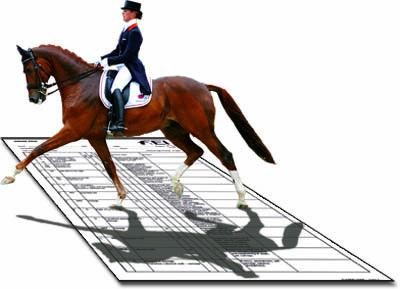
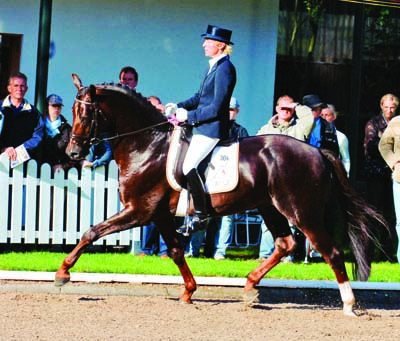
Concerning “the horse was not absolutely durchlassigkeit”: “Durchlässigkeit” is a noun, you were looking for the adjective which is “durchlässig”.
With kind regards,
Jessica Ziegenhagen
Couldnt agree more with that, very attractive article
“We didn’t realise enough that these horses are not trained in a natural way, but trained with a lot of pressure.”
Always amazes how judges always seem to be the last to the party and yet they’re the ones apparently qualified to do the judging.